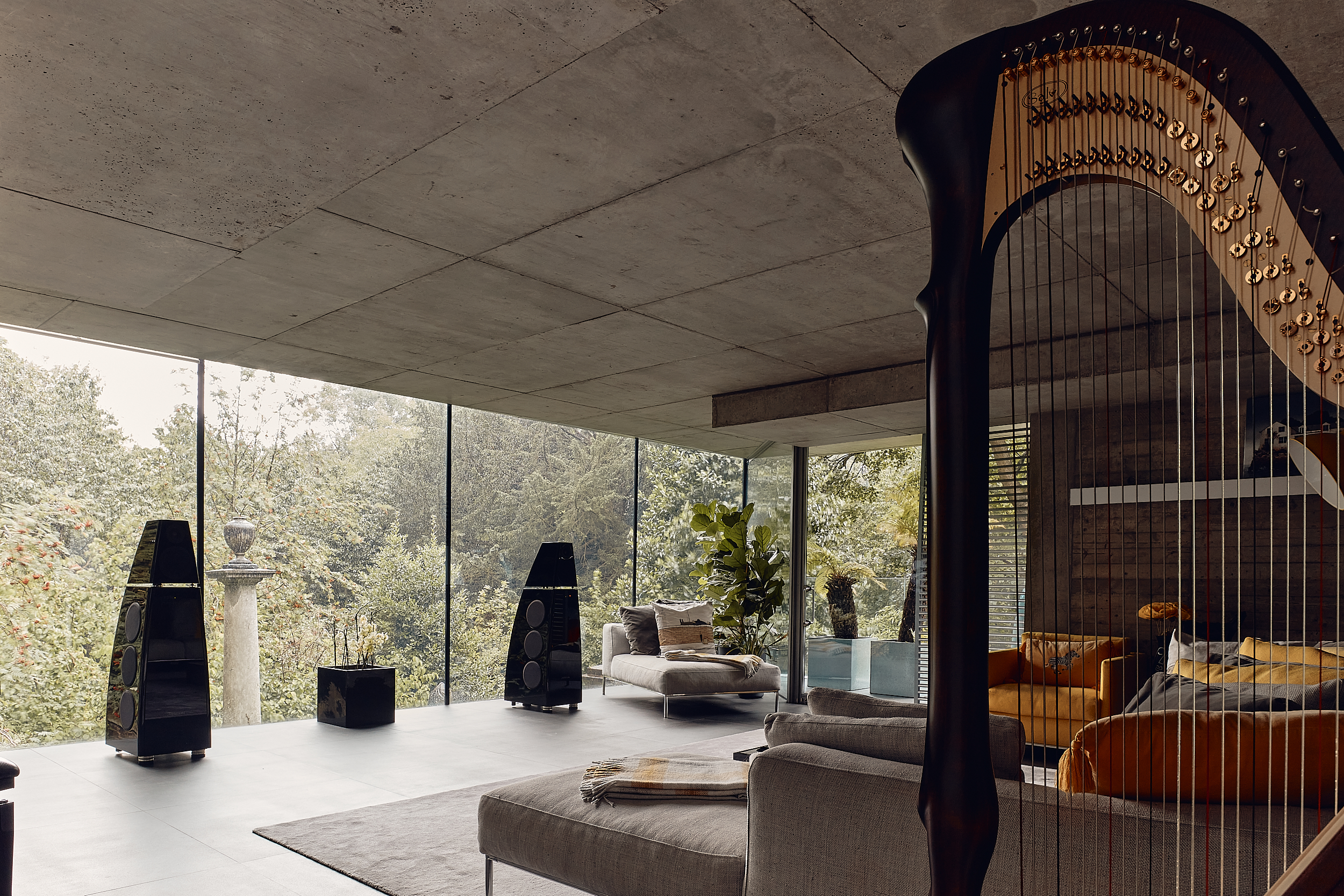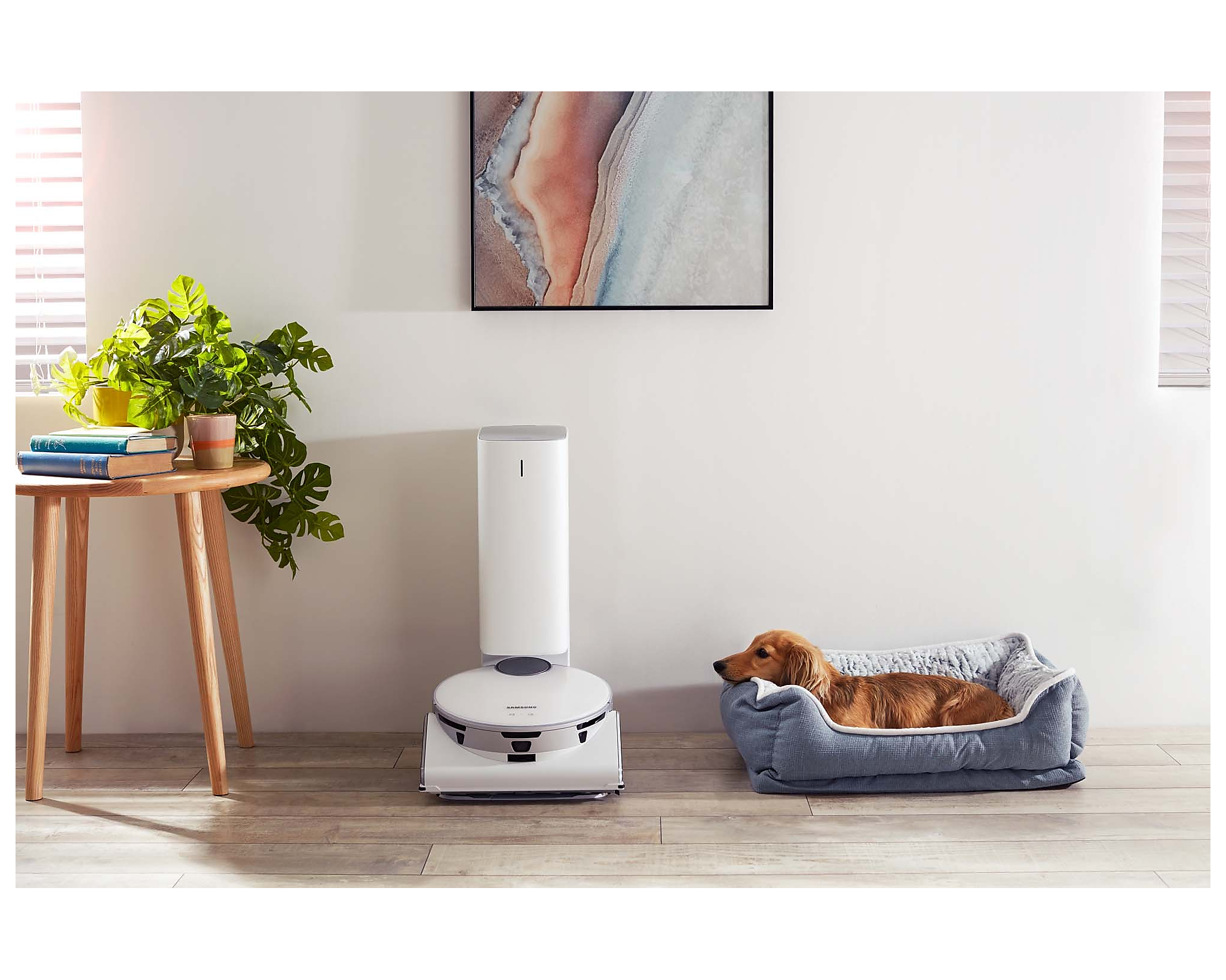The super-smart home tech redefining real estate
Steve Moore, founder of the UK’s leading Systems Integrator SMC, has spent 40 years looking after the technology needs of high net worth clients in London and around the world. Here, he examines the latest in-house technology and considers how it can improve our home life.

A combination of factors have underlined how important reliable, high-performance home technology is today: near-ubiquitous connectivity; post-pandemic changes in working patterns; the need to use energy more efficiently; heightened security concerns; and our reliance on account-based services like Amazon, Netflix or Deliveroo. In short, we’re spending more time in our homes, and we’re demanding much more from them.
Max Beard, Knight Frank's Senior Proptech Analyst, notes that the integration of advanced home technology is significantly impacting the luxury real estate market by increasing property value, enhancing home functionality, and elevating the lifestyle of residents. “Luxury buyers increasingly expect state-of-the-art technology integrated seamlessly into their homes, which not only offers convenience and efficiency but also adds a layer of security and personalisation that is highly valued in this market segment,” he says.
Here, we explore the key areas where the right home technology is making a positive difference for homeowners right now.
Home is where the health is
A few years ago, when the Apple share price was caught in an uncharacteristic fall, a beleaguered Tim Cook said, "If you zoom out into the future, and you look back, and ask the question, ‘What was Apple’s greatest contribution to mankind?’ it will be about health.”
Cook’s response may have seemed odd at the time, but it’s easier now to understand what he was thinking. The rise of connected fitness, facilitated by devices like the Apple Watch, Peloton, and Zwift, has reshaped how we approach exercise.
Studies show that people exercise more - and better - if they share their activities with others, which has helped apps like Strava succeed. Nonetheless, post-pandemic, many of us prefer not to go to the gym. A number of prime properties SMC have worked on recently include truly amazing exercise spaces - tempting you to exercise more, for longer. Immersive Gym, for instance, produce wraparound videos that enable users to experience outdoor activities from the comfort of home – from rowing on the Thames to running on the beach.
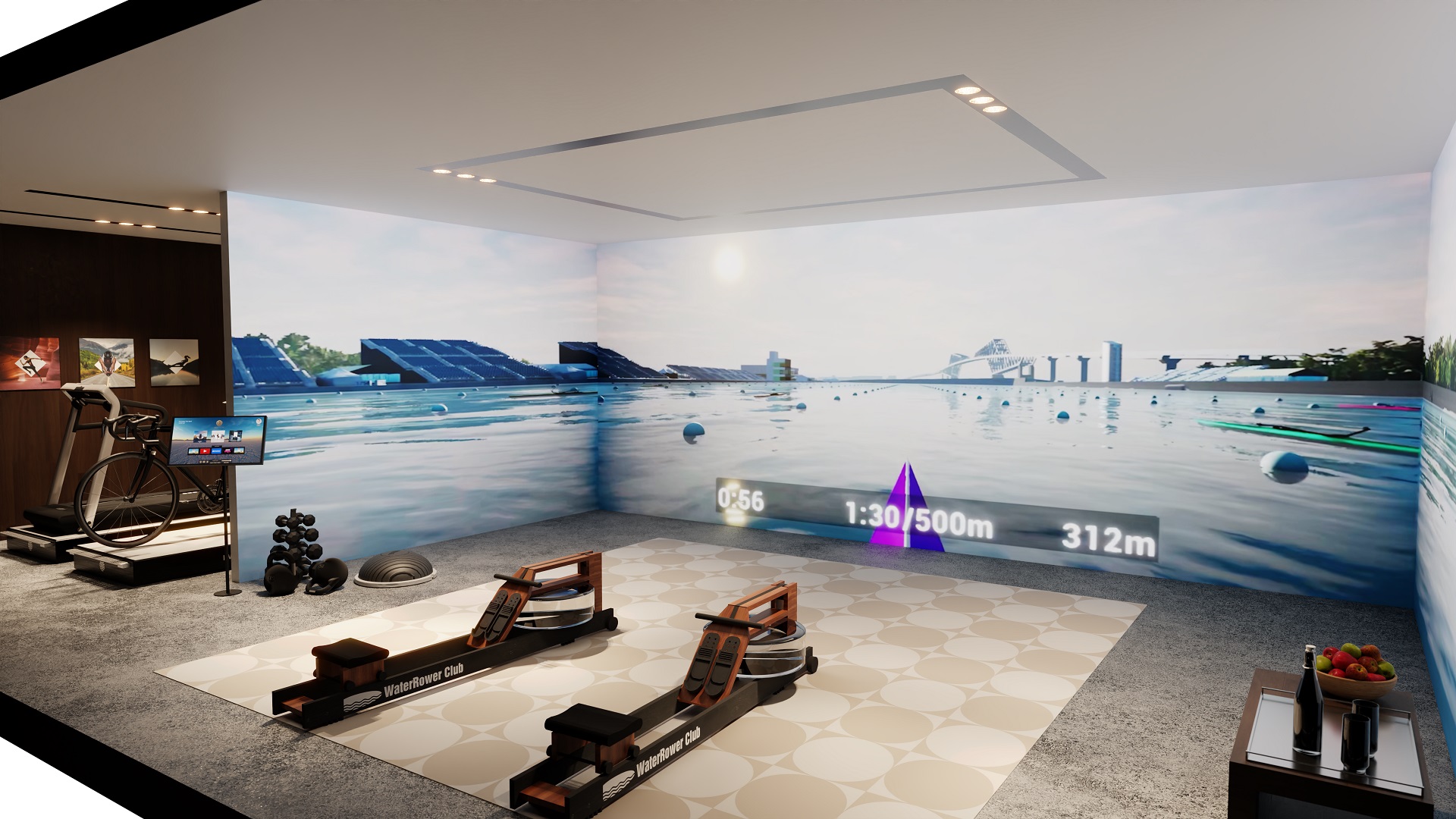
It isn’t just fitness equipment, either. There’s an increased focus on diet, sleep and even healthy lighting - particularly for the elderly and young children. Now there are no more tungsten bulbs or 12V downlights available designers are looking to specify truly healthy ‘full-spectrum’ alternatives (with much lower levels of harmful blue light) that can be installed as part of a scene-setting lighting system. Lutron, for example, provides the Circadian rhythm of light that the body needs, while Ray is a great example of a design-first UK company that are making huge strides in this area.
Watching the watts
Since the war in Ukraine, many more of us have paid attention to our smart meter displays, which hitherto only enjoyed a couple of weeks on the countertop before being slung in a kitchen drawer.
Home energy management systems help homeowners monitor and manage their energy consumption in real time. They provide insights into cost and usage patterns and suggest simple changes and optimizations to reduce spending and minimise environmental impact.
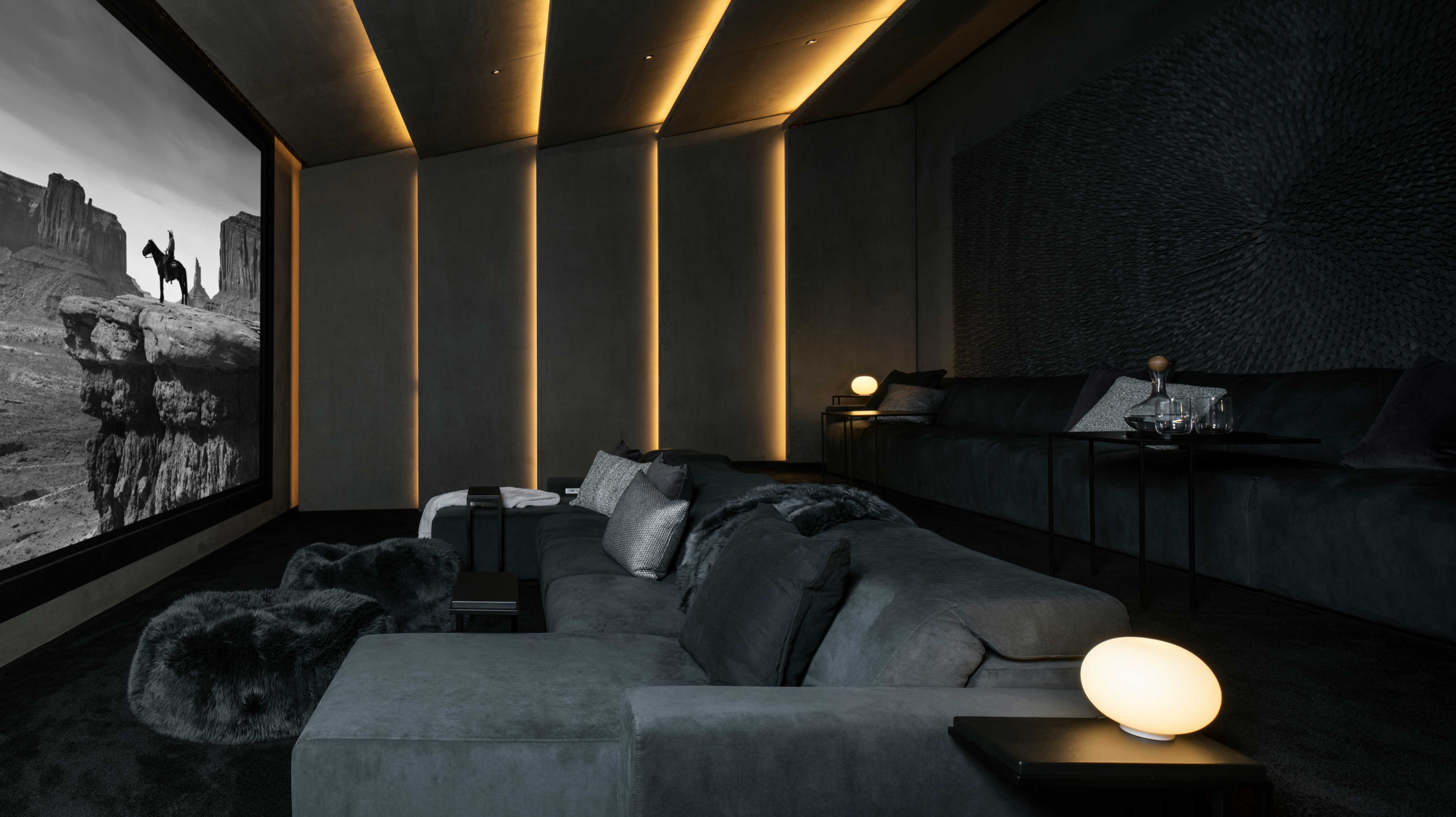
It used to be extremely expensive to install a system like this, but solutions from companies like Gira, cute interfaces like Turn and consumer offerings from companies such as Tado make all this more achievable.
Most of the opportunity, though, comes from the change in the greater energy landscape. We’re moving to a world of ‘Hybrid Homes’, with elements of microgeneration (photovoltaic on your roof, ground source heat pumps, etc.), local storage (batteries in the home, car), increased consumption (electric cars, electric boilers) and smart demand/response management software so you can use power efficiently and sell what you don’t need back to the grid (aggregated with neighbors, this is sometimes referred to as a ‘virtual power plant’). There are a few immediate impacts on those doing work on their home - prepare for EV charging, in-home storage, and get rid of gas.
Water worries?
Water is a forgotten utility, particularly while people focus on the price of energy or the speed of their internet. Much of England will face severe water stress by 2030 - this is where a region is in danger of running out of local water to meet everyday local demand - a problem exacerbated by the effects of climate change and population growth.
That’s part of the reason that the government is targeting a reduction in water use of 25% per head. A recent survey revealed that two thirds of Brits estimate that they use much less than they do. On average, people thought they used 57 litres of water each day. The actual number is 144 litres.
Water bills are rising, too. On top of this, escape of water is a real concern - whether it is just a tap left on or a burst pipe. In a commercial or apartment building, a leak on one floor can impact dozens of properties. Leaks are costly in repair terms, disruptive for residents whilst their homes are repaired and a disaster for the environment.
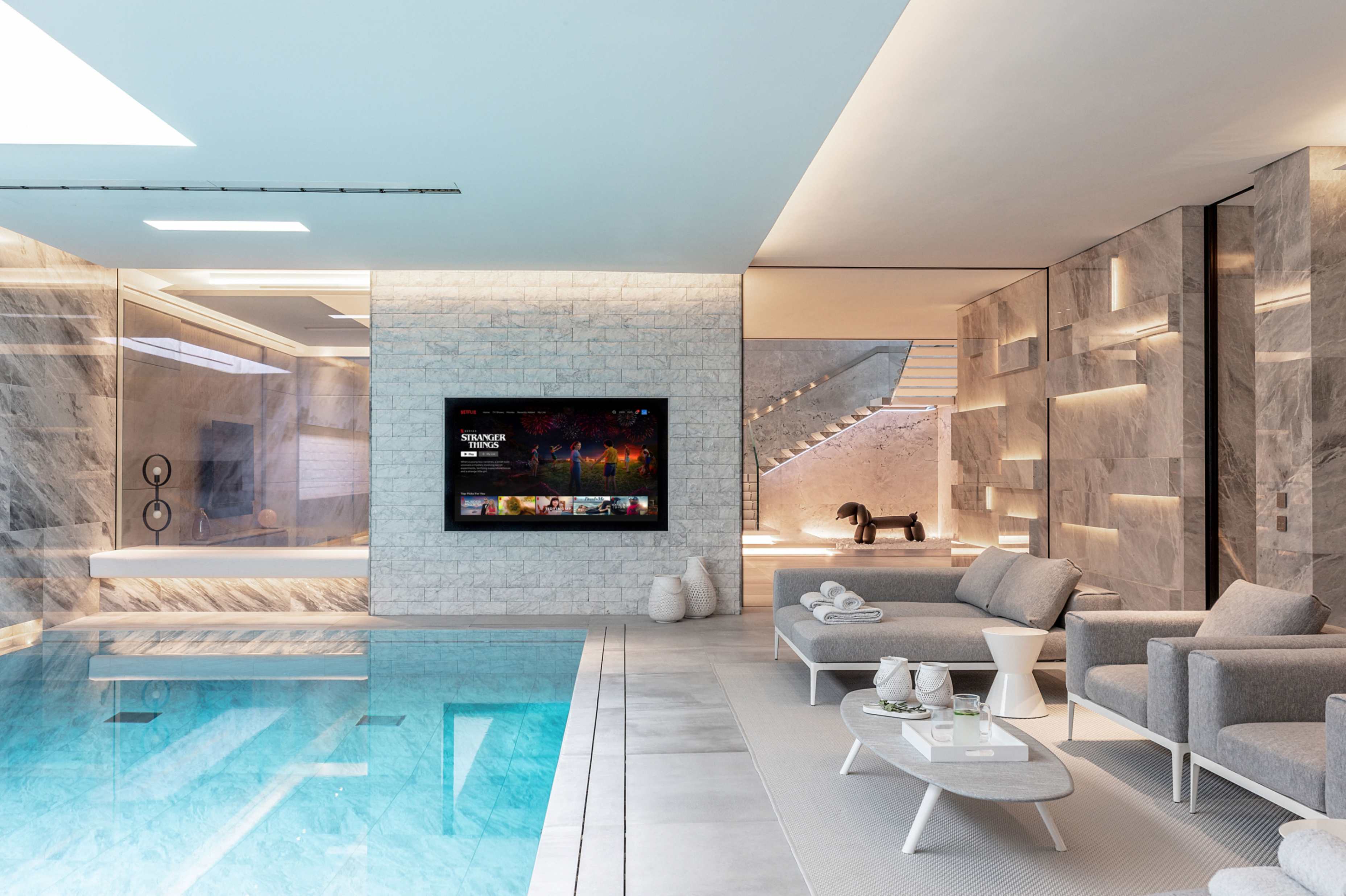
Water damage is the number one home insurance claim in the UK - causing more damage than fires and burglaries combined. One in 40 households make a leak-related claim every year, with an average payout of around £4,000.
Max Beard emphasises the role of companies like Watergate offering innovative solutions like Sonic, a compact digital smart-valve that provides a personalised view of water consumption, showing households which appliances are using water, and how much.
Designed to prevent water damage through intelligent usage analysis and automatic response, Sonic was developed as a simple solution for detecting and preventing water leaks in a property and providing early warning of Legionella risk.
Fitted easily, often under the sink, it uses ultrasonic technology to monitor water use and then spot anything unusual using proprietary AI. It provides warning messages via an app. It can even shut off the water supply to stop the problem fast – without anyone having to pay a visit to the property to solve the problem. Many landlords and insurers are installing this sort of device and engaged users reported a 15% drop in average water usage after three months.
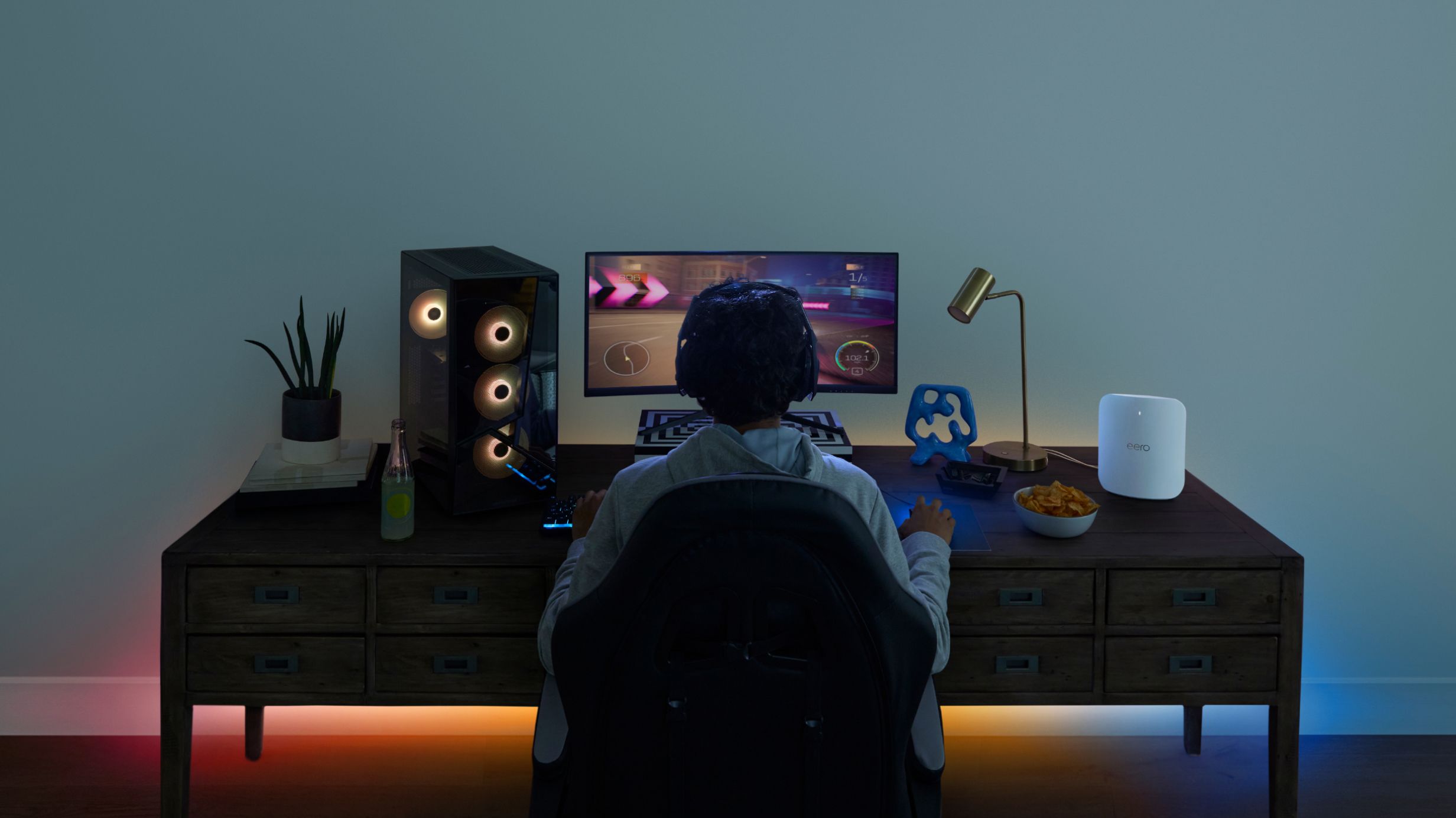
WiFi at warp speed?
Bulletproof, flexible WiFi made possible by WiFi 6 and 7 mesh solutions like eero means that your whole home and garden can benefit from rapid connectivity. And it doesn’t really matter where you are now, thanks to StarLink and similar solutions, which bring the web at decent speeds to yachts and rural properties, too. It’s great to be able to quickly ‘log in’ to your home and control the temperature or check on the pets.
Around 10% of UK homes now have a doorbell or other security camera, which has had a meaningful impact on burglary prevention and convictions. If your home is one of them, you’ll probably know that you can receive alerts if a person (rather than a vehicle or animal) is spotted.
Here’s looking at you, kid
What you might not know is that some manufacturers (Google’s Nest, for example) offer you the opportunity to log ‘known faces’ so you can tell who is visiting or, perhaps, if the kids were home safely from school. Of course, other vendors (Amazon’s Ring brand amongst them) feel that the privacy concerns outweigh any user benefit.
With the rise in the use of AI and the controversy around facial recognition in public spaces, some of us can be forgiven for worrying about it a little. For others concerned about a specific threat, this sort of functionality is game-changing.
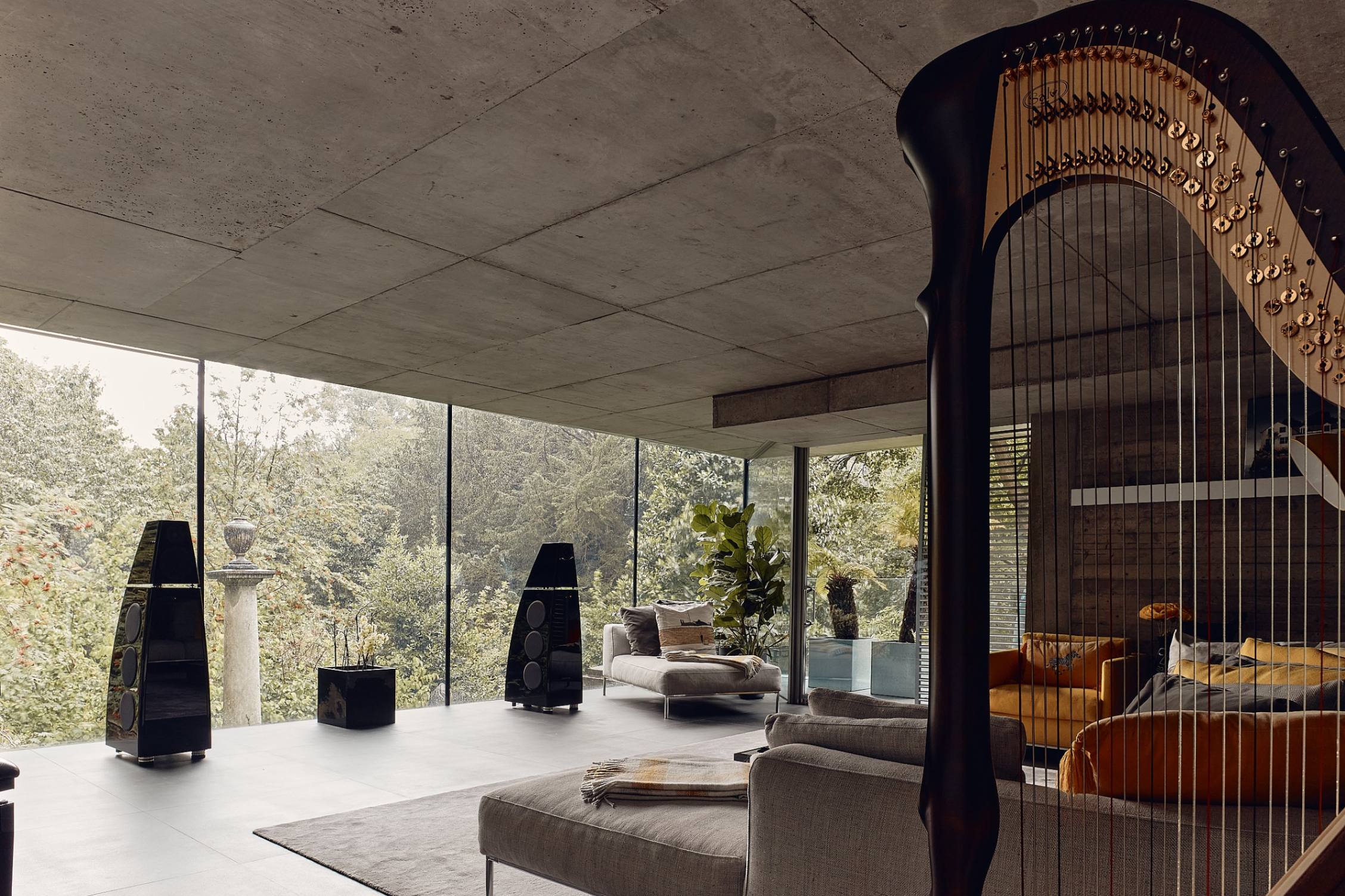
Safe as houses?
The fact is that nearly all of us are more concerned than ever about home security. The current buzzword in prime residential is ‘integrated’. Consultants for high-net-worth households are implementing ‘integrated’ security solutions, with electronic detection, strong perimeters, tightly-controlled access (with biometric recognition), supervised surveillance cameras and, in some cases, safe rooms (some with independent air, water and internet) and ‘close protection’ in the form of security staff.
One of the advantages of fast, secure internet is that security teams can monitor more than one property from a central location and respond quickly if there’s an incident. One of the disadvantages, though, is an increased level of ‘digital risk’. Because many elements of one’s home are connected to the outside world, it is essential that your home network benefits from the same approach, with robust cybersecurity for both wireless and wired elements.
To deal with this, the major players like CISCO/Meraki, run a license agreement for each installation to ensure things are up to date, providing residents (and their integrators) with a dashboard and other management tools to provide alerts and updates as needed. Avoid cheaper CCTV brands that expose data to foreign sites and concentrate on A-list solutions.
The key is to get good-quality, police-accredited specialists to carry out a personal risk assessment and design, proactively manage and maintain a ‘Secure by Design’ scheme. But there’s a whole other layer of concern - for many, their personal data is as valuable as their Picassos.
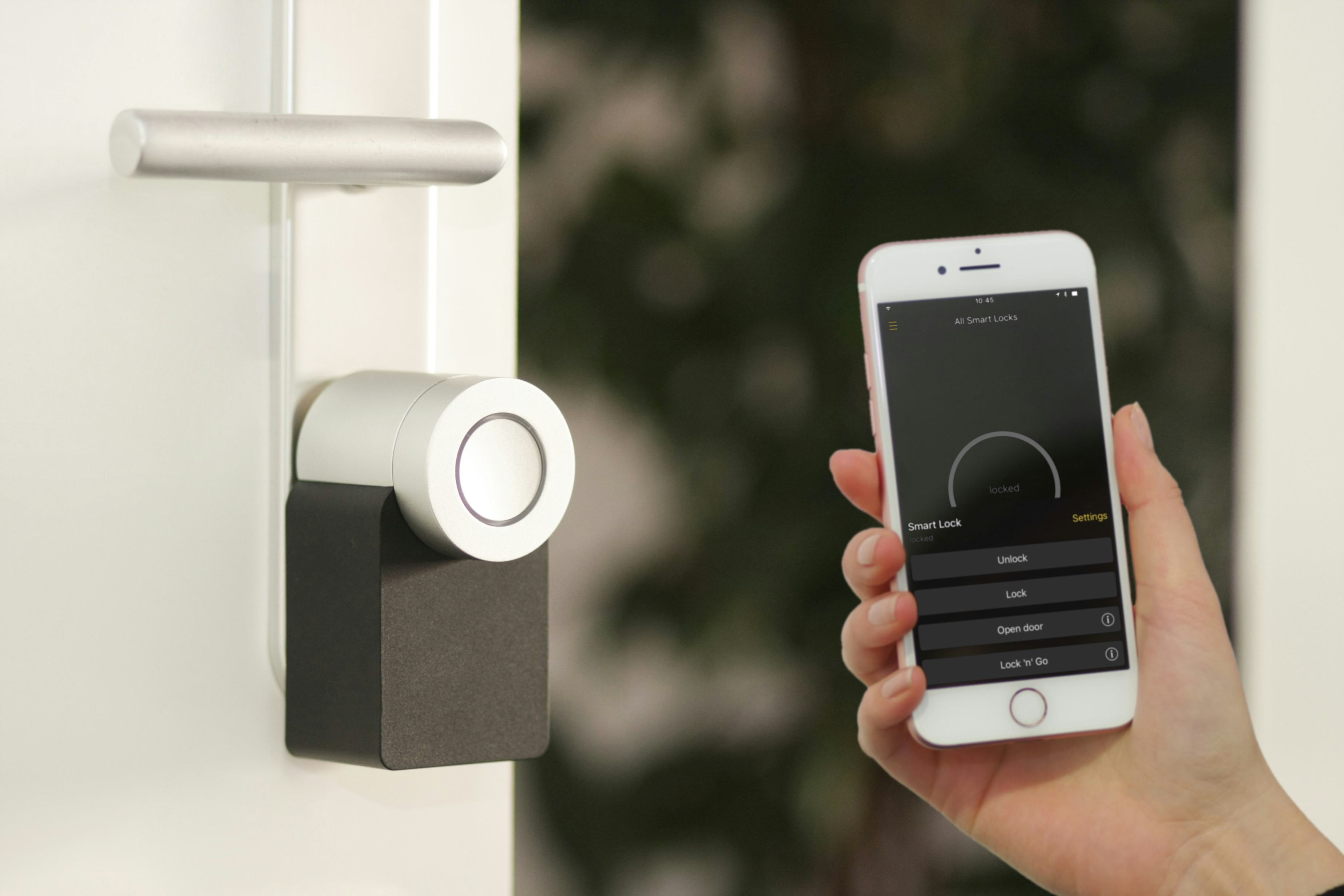
Keep it simple, stupid
Don’t forget to make sure it’s all easy to use. I can set the alarm as I leave my home and know that the lights and music will go off at the same time. That’s a good thing - especially as I know it’s reliably going to happen. Just being able to turn all the lights off with one button is a pretty good idea.
But this isn’t always about being ‘better’ - it’s mostly about things working as you expect. Just as the automotive industry adopted standardised interfaces for driving, the home technology sector aims to provide intuitive solutions that feel familiar and work reliably. It’s wonderful if things perform better, but it’s always better when things work just how you expect them to every single time.
